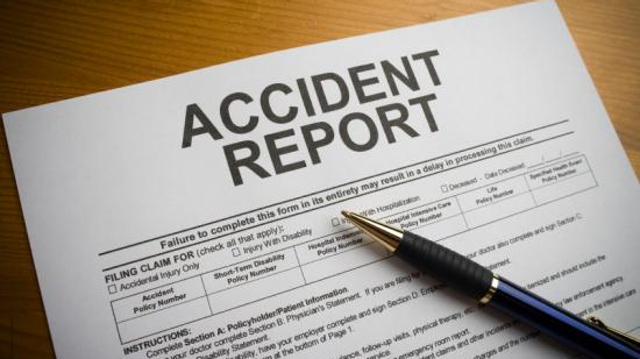
Sports facilities throughout Toronto, Canada area have different approaches to on-site injury tracking, but a survey of a dozen businesses in the region by The Star, a local newspaper, found a common thread: none share that data with the public.
The Star asked various “extreme sports” facilities, including ski and snowboard resorts, mountain bike parks, indoor bike parks and indoor climbing centers, about whether each facility tracks on-site customer injuries, how they use the data, and if they would be willing to release injury data to the newspaper.
Many said they do track injuries internally and use the data for safety purposes such as re-evaluating programs, analyzing risk management and improving facilities. But several businesses declined to comment – and none of the responding facilities agreed to release their full injury data.
The Star has raised questions about the public’s right to know the number of injuries or deaths that have happened at a particular facility so people get an understanding of the degree of risk.
Tracking
Reb Gregg, a Texas attorney that works with climbing gyms on liability issues told CBJ that all climbing facilities should be tracking any accident and even “near misses”. “The purpose is to anticipate what can go wrong, and reduce the chances of a bad thing happening,” Gregg said. “That interest far outweighs the hazard of that road map being available to a law suit adversary particularly if you do as you must — learn from the incident and make the changes.”
One gym that’s doing just that is Toronto’s True North Climbing. Owner John Gross told The Star that his facility tracks on-site injuries “very carefully,” including completing an incident report for any injury serious enough to end a climber’s session and following up with every injured customer to understand the severity of their injury.
“We keep an eye on this information to see if there are any trends, or any indication that there is an increase in injuries that might need a response,” Gross said.
“For example, if we saw a rash of injuries in one location of our facility, we would look to see if there was something wrong in that area.” (This hasn’t happened in the more than five years the facility has been operating, he added.)
Gross said he thinks it’s not appropriate to share the climbing facility’s detailed injury data and called it “private business information”. He did note that the facility’s rate of serious injury – defined as a broken bone or worse – is 1.01 per 20,000 hours of participation.
“We do not submit our injury data to any governing body because we are not aware of any that apply to our industry,” Gross said. “We do share all incident reports with our insurance company, so they are up to date on this.”
Reporting
“When it comes down to injuries at these places, there’s no obligation for the enterprise to report the injuries or provide any stats to the government,” said Patrick Brown, a Toronto-based critical injury lawyer who has raised red flags about the lack of government regulation surrounding extreme sports facilities such as mountain-bike parks, indoor climbing gyms and white-water rafting facilities.
While representing a minor that was paralyzed after a mountain accident at a ski resort in Ontario, Brown gained access to reports revealing how many children have suffered significant injuries within the resort. “I was absolutely amazed that none of that [data] gets reported to any government agency,” Brown said.
In the US there are no legal requirements for climbing facilities to report accidents either to a government agency or an industry group like the Climbing Wall Association. Bill Zimmermann, CEO of the CWA has no plans to start requiring accident reporting; “Why would we?” he told CBJ by email. “Members do not have an obligation to report anything to the CWA.” He did say that businesses do have an obligation to report injuries involving employees to their workers compensation carrier. “They would also report injuries that might result in claims to their commercial general liability insurance carrier,” he said.
This absence of reporting requirements is true in other “extreme sport” industries such as ski resorts, trampoline parks, skateboard and mountain biking facilities in the USA. Only theme parks are required to report accidents to regulating agencies.
Zimmermann said that in certain states climbing gyms are licensed as “amusement” and “generally have reporting requirements if an accident meets certain criteria or surpasses a severity threshold.” This licensing is rare in the climbing industry and currently only happens in a handful of states.
Gregg tells CBJ that facilities do not necessarily need to report accidents to the public. But he does add that “The legal issue is the increased exposure to a patron who says ‘I never would have gone to that place had I known this had happened’.” Gregg goes on to say, “Your charge is to reasonably anticipate what a patron would want to know, and disclose it. In its extreme form, the issue is fraud by concealment.”

Climbing Business Journal is an independent news outlet dedicated to covering the indoor climbing industry. Here you will find the latest coverage of climbing industry news, gym developments, industry best practices, risk management, climbing competitions, youth coaching and routesetting. Have an article idea? CBJ loves to hear from readers like you!






